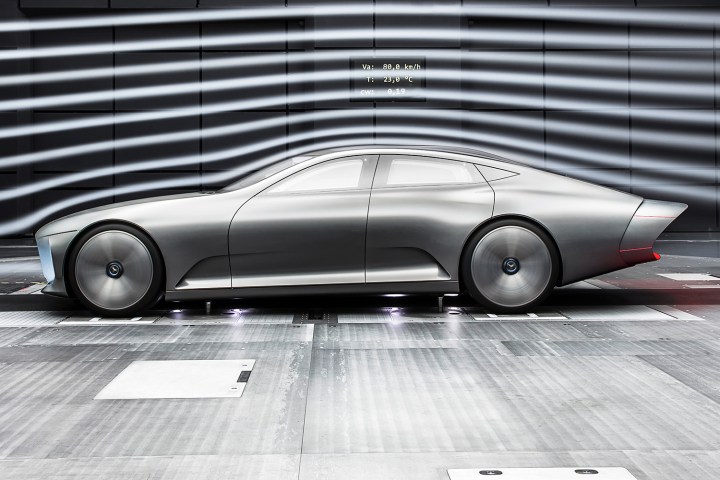
Mercedes-Benz, Daimler’s most popular division, sells a handful of plug-in hybrid models, but its only fully battery-powered vehicle is the B-Class Electric Drive. The minivan-shaped EV hits 60 mph from a stop in 7.9 seconds in its fastest configuration, it offers just 87 miles of range, and it carries a base price of $41,450 before incentives are factored in. In comparison, the recently-introduced Tesla Model 3 sprints from zero to 60 mph in less than six seconds when properly configured, has a maximum range of 215 miles, and its pricing starts at $35,000.
Speaking during an annual shareholders’ meeting, investors demanded to know why it’s taken Mercedes so long to launch a Tesla-rivaling model.
“We don’t really have a product for this competition from Tesla. In the long term we have some great vehicles … but they are virtual at this point,” complained one of the shareholders. Another warned that the “fat years” for premium German car makers like Mercedes-Benz and rival BMW might soon be over.
Daimler boss Dieter Zetsche responded by pointing out that Mercedes remains “at the forefront of new technologies,” reports Financial Times. The executive re-affirmed his commitment to launch a long-range electric model before the turn of the decade, and to offer ten gas-electric plug-in Benzes by the end of next year.
Tentatively called ELC, Mercedes’ upcoming long-range EV will likely be a crossover that will fight in the same segment as Tesla’s Model X, but it won’t be ready until 2018 at the very earliest. As we previously reported, the ELC will be built on a new platform called Electric Vehicle Architecture (EVA) that will gradually underpin a full range of electric models.
Electricity will be provided by a large lithium-ion battery pack sandwiched under the passenger compartment. Made up of an electric motor mounted over each axle, the drivetrain will send up to 536 horsepower to all four wheels in its most powerful configuration. Mercedes-Benz promises the ELC — a name that might not be retained for production — will be capable of driving for up to 310 miles on a single charge.



